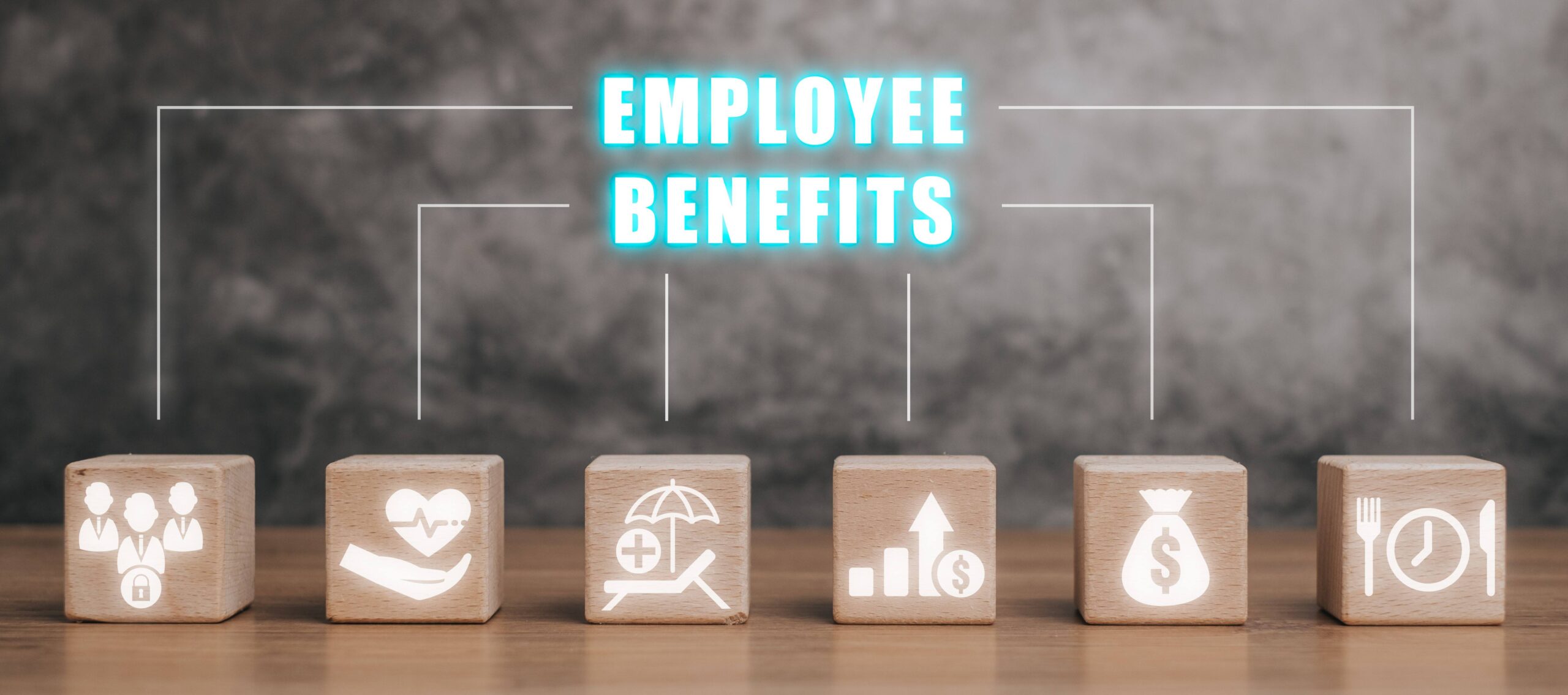
In today’s competitive job market, a well-crafted employee benefits strategy can be the difference between attracting top talent and losing them to the competition. Employees aren’t just looking for a paycheck, they want a workplace that values their well-being, supports their growth, and offers meaningful perks. But designing a benefits package that checks all the boxes while staying within budget is no small feat. Where do you start? And how do you ensure your strategy resonates with your workforce and aligns with your business goals?
At Exceptional HR Solutions, we specialize in helping businesses create tailored employee benefits packages that drive engagement, retention, and success. As a leading HR solutions company, we understand the complexities of employee benefits administration and are here to guide you through the process. In this step-by-step guide, we’ll break down how to design the perfect employee benefits strategy, answer common questions, and share practical tips to make your benefits program a game-changer for your organization.
An employee benefit plan is a structured set of perks and services provided to employees beyond their regular salary. These benefits are designed to enhance employee well-being, improve job satisfaction, and support organizational goals like retention and productivity. A well-rounded benefit plan can include health insurance, retirement savings, paid time off, and more, tailored to meet the needs of your workforce.
Key components of an employee benefit plan include:
A strong benefit plan not only attracts talent but also fosters loyalty, making it a critical tool for any forward-thinking organization.
The Employees Benefit Act isn’t a single, specific piece of legislation but rather a term that refers to various laws and regulations governing employee benefits in different countries. In the U.S., for example, several federal laws shape how benefits are administered, ensuring compliance and protecting employee rights. Understanding these regulations is crucial for designing a compliant and effective benefits strategy.
Key U.S. laws related to employee benefits include:
Partnering with employee benefits administration companies can help you navigate these regulations, ensuring your benefits plan meets legal requirements while maximizing value for your employees.
Designing an effective employee benefits strategy requires careful planning and a deep understanding of your workforce’s needs. Here’s a step-by-step guide to help you create a plan that works for your employees and your business:
By following these steps, you can create a benefits strategy that not only meets employee expectations but also aligns with your organization’s objectives.
Employee benefit plan design is the process of creating a customized benefits package that balances employee needs, business goals, and budget constraints. It involves selecting the right mix of benefits, structuring them effectively, and ensuring they comply with regulations. A well-designed plan enhances employee satisfaction, supports recruitment and retention, and reflects your company’s values.
Key elements of effective benefit plan design include:
Working with employee benefits administration services can streamline the design process, providing expertise on vendor selection, compliance, and cost management.
An employee benefits HR policy is a formal document outlining the rules, eligibility, and procedures for accessing and managing benefits within an organization. It serves as a guide for both employees and HR teams, ensuring consistency, transparency, and compliance in benefits administration.
Key components of an employee benefits HR policy include:
A clear HR policy, supported by employee benefits administration companies, ensures smooth implementation and minimizes confusion or disputes.
A well-designed benefits strategy is more than a nice-to-have, it’s a strategic tool that drives business success. Here’s why:
Partnering with employee benefits administration companies like Exceptional HR Solutions can simplify the complex process of designing and managing your benefits strategy. Here’s how we can support you:
Our HRSaaS (HR Solutions as a Service) model takes this a step further, offering ongoing support to optimize your benefits program and adapt to changing needs.
Designing a benefits strategy isn’t without its challenges. Avoid these pitfalls to ensure success:
A thoughtfully designed employee benefits strategy is a powerful tool to attract, retain, and engage your workforce. By understanding your employees’ needs, aligning benefits with business goals, and partnering with experts, you can create a program that sets your organization apart. At Exceptional HR Solutions, we’re here to make that vision a reality.
Don’t let the complexities of benefits design hold you back. Contact Exceptional HR Solutions today for a no-obligation consultation. Our employee benefits administration services and HRSaaS model will guide you every step of the way, from planning to implementation to ongoing optimization. Let’s create a benefits strategy that empowers your employees and drives your business forward. Reach out now and let’s make it happen!

Take this Quick Assessment to see how you stack up (Less than 5 min)